Arts Contributor Keith Lewis was at Electric Lane’s Photofusion for the opening night of their latest exhibition, Prefabs: Palaces for the people.
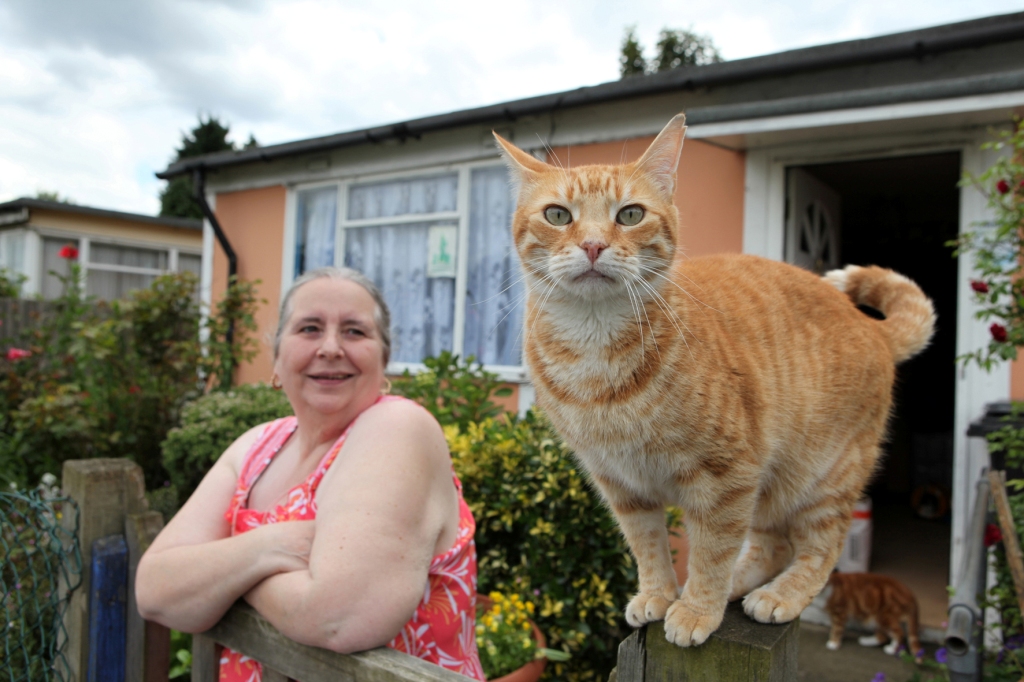
Elisabeth Blanchet, a UK-based photographer, has always been interested in people who live outside of more conventional communities. Her previous bodies of work include documenting gypsy and traveller communities, and her photographs were used controversially by Channel 4 to advertise their Big Fat Gypsy Wedding series.
Prefabs: Palaces for the people is about Elisabeth Blanchet’s engagement with residents of prefab estates across the UK and has led to a personal and evocative exhibition about the relationship between architecture and community.
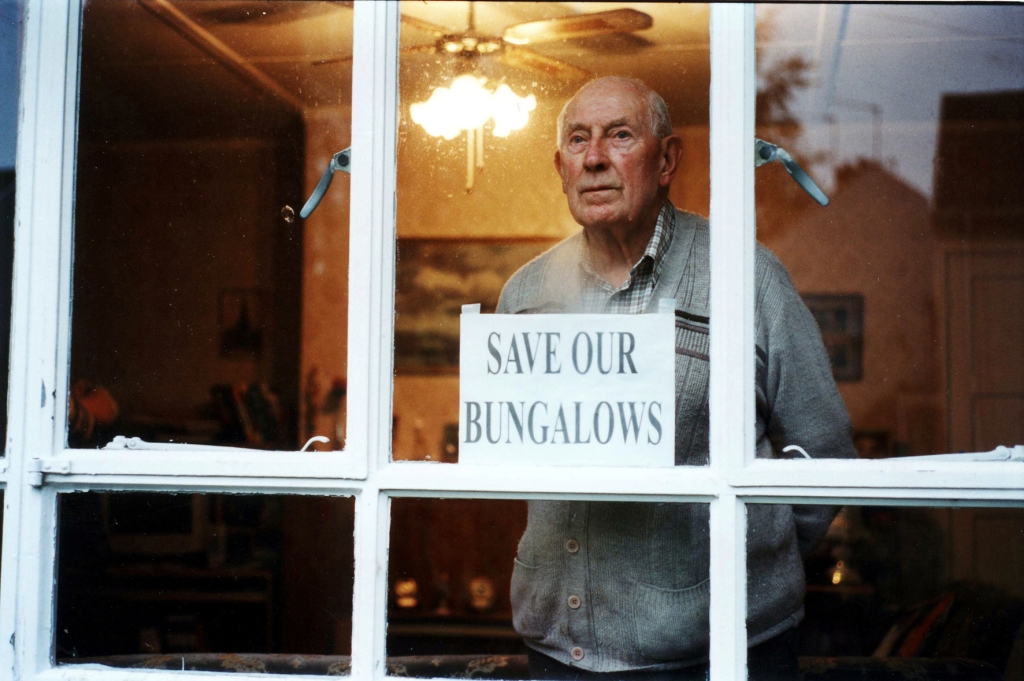
In 1944, Churchill announced that over 500,000 temporary homes were to be erected around the UK to deal with the post-war housing shortage caused by bombing. These prefabricated homes, built in factories by German and Italian prisoners, were made to last around ten to fifteen years.
Eventually only 156,000 were actually erected but seventy years on there are whole communities still living in prefabs. Increasingly, however, they are being forced to fight to save their homes from what they call, paradoxically, premature demolition.
In Catford, South London, the Excalibur estate is about to be demolished by Lewisham Council (despite six of the structures acquiring grade II listed status).
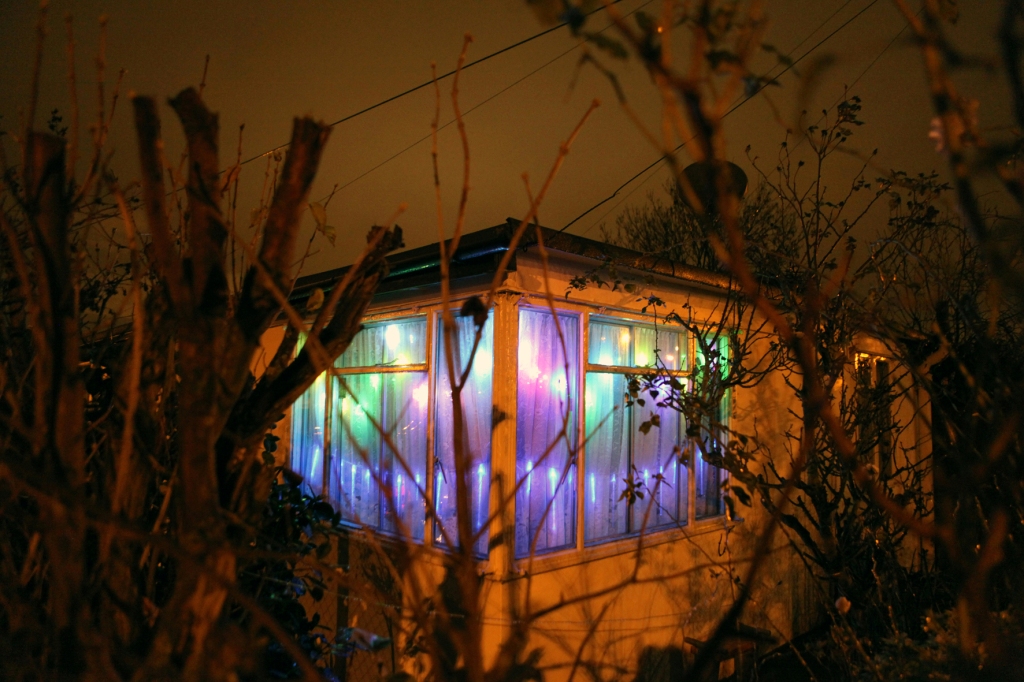
There is a sense that the council is letting the Excalibur community rot. At the time of erection prefab bungalows were considered a luxury for returning servicemen. Today, nearly all remaining residents of prefab communities are long-term tenants who have invested their whole lives in the community.
“Prefabs are a great example of how social housing can work,” says Elisabeth.
What fascinates her most is the idea that they were supposed to be temporary but have become permanent. “The important thing about prefab design,” she explains, “is that they are detached. Flats do not offer the same freedoms and sense of pride.” These prefab communities were erected quickly but with attention to layout, based on formal geometry.
This exhibition is not just about architecture, however. It touches on the social, the relationship between home and inhabitant, about living architecture. It is a study in contextual portraiture. The word ‘nostalgic’ is often used to describe her work and it certainly holds true here.
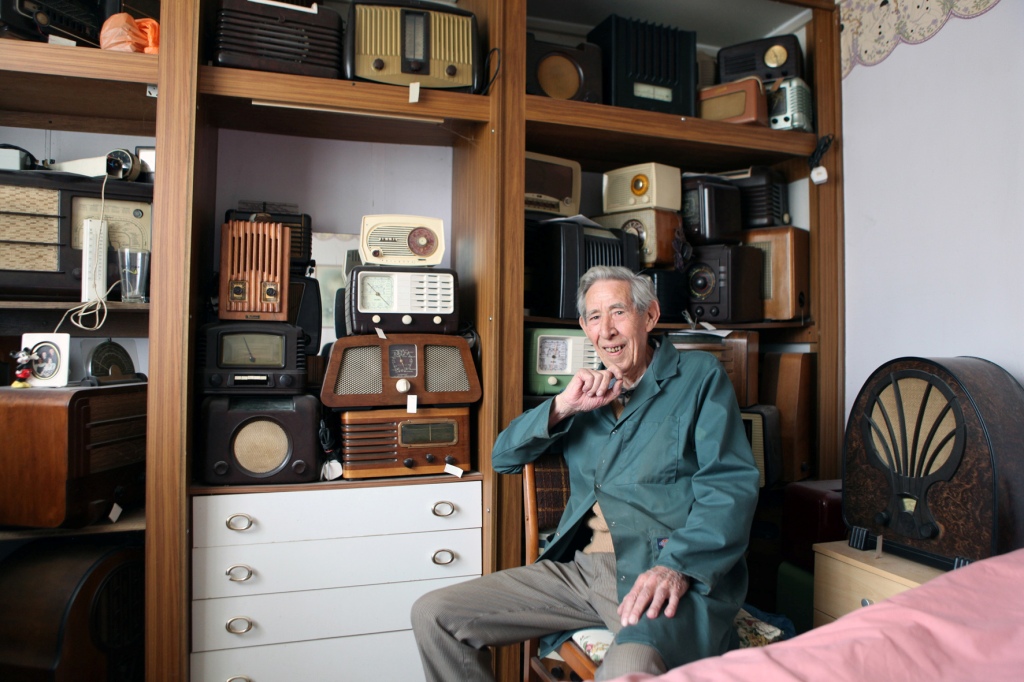
One of the most compassionate and emotive photos features a resident in Catford sat amongst his collection of old pre-war radios. Another image shows a man sitting proudly in his spare room under two walls of shelving units, full of die-cast model cars.
Elisabeth tells me that her project isn’t finished. She wants to raise awareness to help the communities fight their corner and is setting up a collection, a kind of nostalgic record, for people who may be interested in years to come.
In this context then, nostalgia is an ongoing process of capturing memory. Because of this the Photofusion exhibition also includes multimedia, such as film footage and donations from residents. “Where around 180 prefab bungalows currently exist on a plot of land like in Catford, the council could build four times the number of homes with high-rises,” she points out.
Palaces for the People will be running until 2nd August. Photofusion are also organising an Excalibur Estate tour at 2pm on Saturday 20th July to meet some of the subjects. To book a place email jenna@photofusion.org or call on 020 7738 5774.
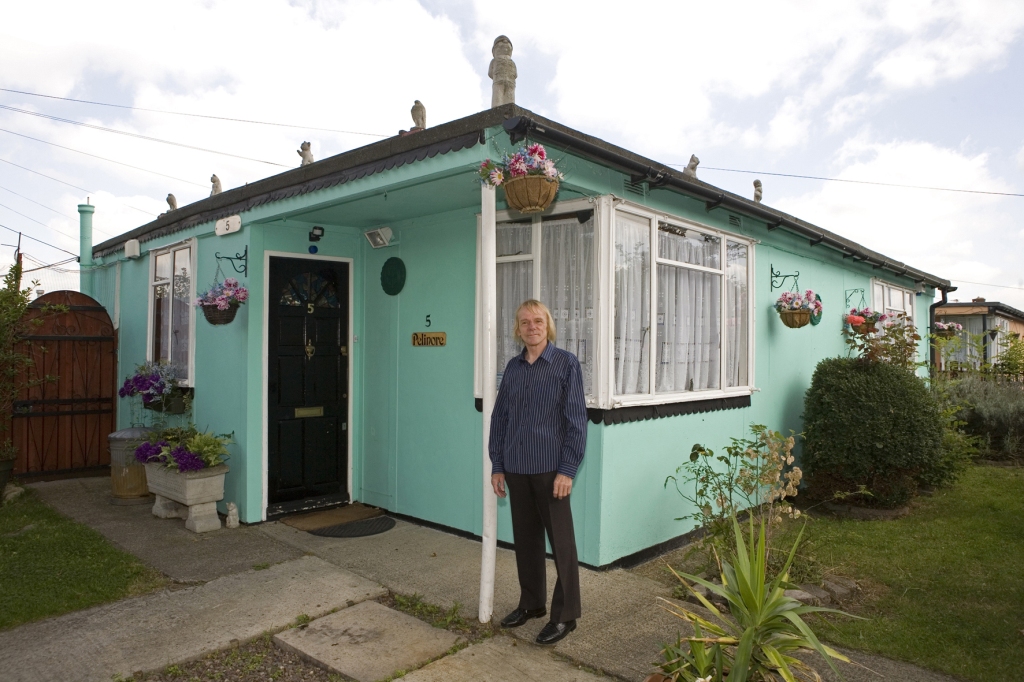

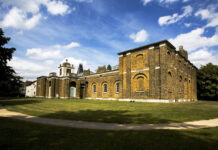


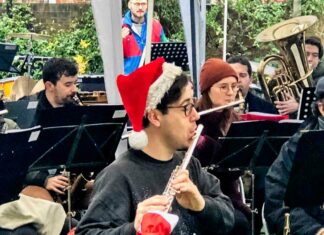




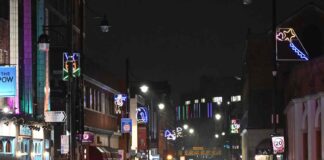








I are glad for you to sharing your current thing, ok, i’ll know much about the information you have. Anyone get within the radar? Could you tell us where am i allowed to download this specific album on-line? Thanks.